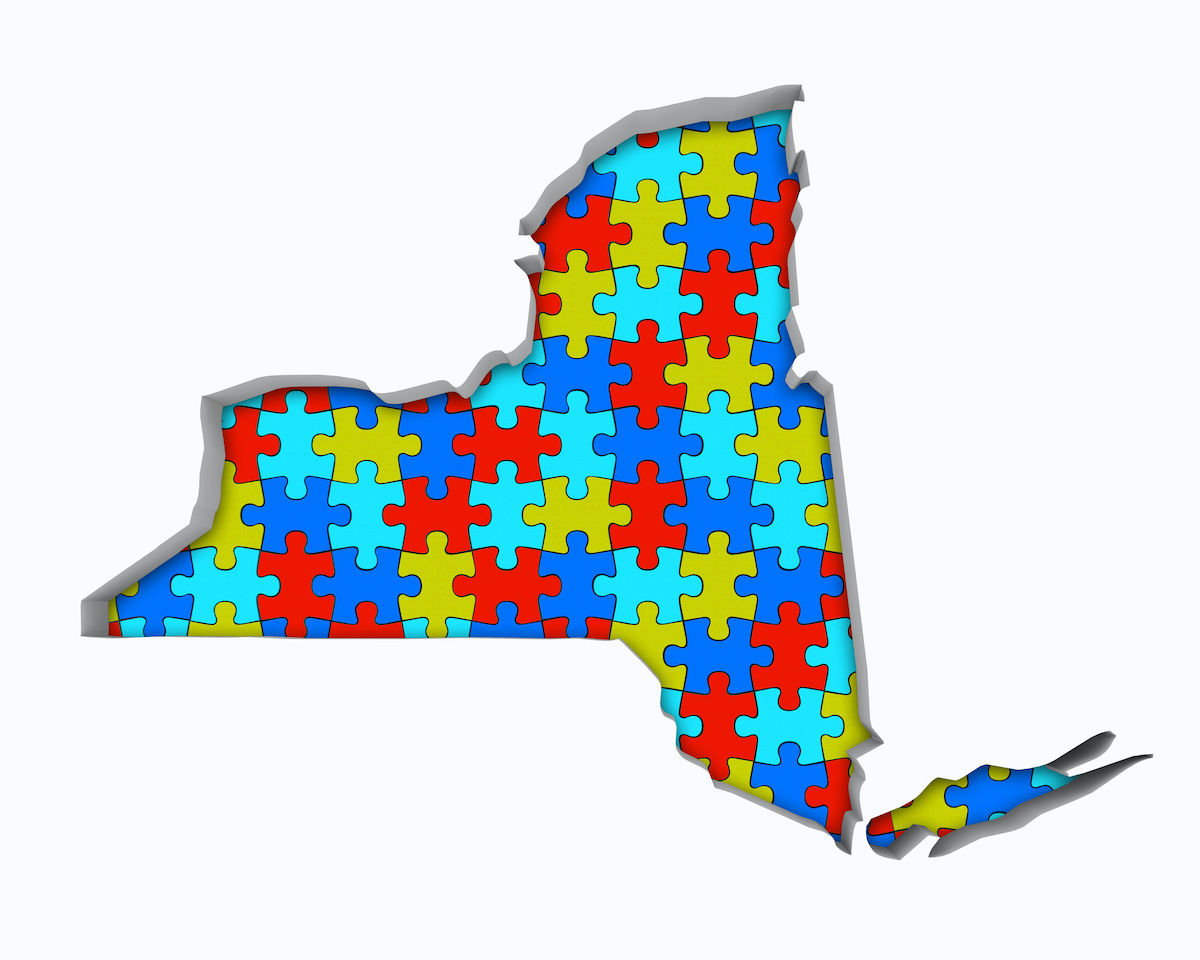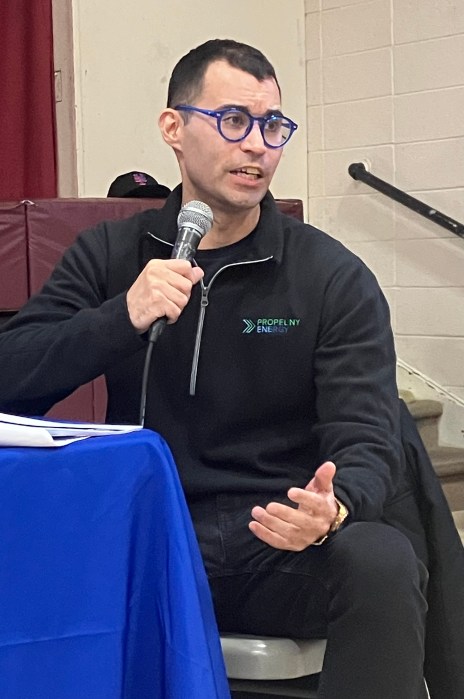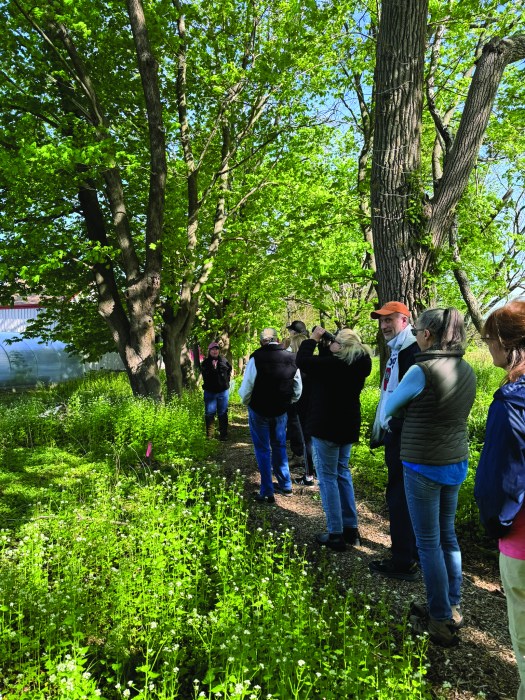By Jeffrey M. Wice
After delays getting underway followed by several weeks of a statewide public “listening tour” to receive ideas on how to draw new legislative districts from the public, the New York Independent Redistricting Commission released two sets of congressional and state legislative plans on Sept. 15.
The Commission was unable to agree on a single set of maps but still met the state constitutional deadline of Sept. 15 to release draft maps before setting out on a required series of public hearings that will start on Oct. 20 and go through Nov. 23. The commission is tasked with developing new districts plans by Jan. 1, 2022.
While Republican-appointed commission members were critical of their Democratic colleagues for not making efforts to agree on a single plan before the deadline, Democrats argue that the public now has two sets of plans to consider before the hearings. Either way, the prospects for final agreement on a final plan appear, to many analysts, as more of a challenge now than they were before the draft maps were released.
The Commission’s 10 members do not have final approval over the maps. That job is left to the state legislature by a constitutional amendment approved by the state’s voters in 2014. Eight of the commissioners were appointed by the state’s four legislative leaders who then selected two remaining members themselves (who could not be either enrolled Democrats or Republicans). It appears that the two independent members split in their support for the two partisan maps, each supporting a different proposal.
With New York losing one of its current 27 congressional districts, the Commission must work with drawing only 26 districts, eliminating one by pairing two districts or spreading out one district among several other districts. The Commission is also tasked with developing new maps for Senate and Assembly districts. With two sets of competing maps released by the Commission on September 15, the two parties appeared far apart on how to draw the new lines.
The upcoming series of public hearings will provide New Yorkers with the opportunity to comment on the maps. It will be up to the Commission to determine whether a single set of maps can be agreed upon or whether several sets of maps will be sent to the legislature for approval. If the Commission cannot agree on one plan, the Legislature would then draw the maps.
On Nov. 2, New York’s voters will also be asked to approve another constitutional amendment that would further reform the redistricting process. The amendment would change the number of votes needed for the Commission and the legislature to approve plans (eliminating current language that requires majority and minority party commissioners to approve plans and lowering the vote approval thresholds in the Senate and Assembly).
Due to the state legislature moving the legislative primary from September to June, the amendment also moves up the commission’s deadlines to Jan. 1, 2022, if the commission agrees on one set of plans. If the Legislature rejects the first set, the commission has until Jan. 15 to submit a second set of maps (instead of the current Feb. 28, 2022 deadline). After that, it’s up to the Legislature to finalize the plans. These changes would provide the Legislature and the Governor with enough time to complete redistricting and permit the county boards of elections with enough time to adjust to the new district lines while maintaining an orderly election process for a June primary.
The proposed amendment also sets the number of senators at 63. This sets a fixed number, not a cap, and prevents continuing partisan abuse by the former Senate Republican leaders employed for decades when they added at least one new district they could win after each census.
The proposed amendment further requires that prison populations be re-enumerated to the incarcerated individuals’ prior home addresses, i.e., added to the total population counts of the census blocks of the individuals’ prior home addresses, and subtracted from the population counts of the census blocks of the places of incarceration. This writes into the Constitution a reform adopted by statute in 2010 and implemented in the current state legislative redistricting plans enacted in 2012. It also requires prisoner reallocation for congressional districts as well.
There are still several months to go before new legislative lines need to be in place for the 2022 election cycle. In the meantime, the Commission will go on the road for its hearings, followed by a new set of maps. Recently, a coalition of good government groups asked the Commission to undertake future map mapping in open meetings, where, like in California, Virginia and other commission states, everything is done before the public. We should have a better idea of whether the Commission meets its mandate by the end of the year.
Jeffrey M. Wice is an Adjunct Professor/Senior Fellow at New York Law School and an expert on redistricting.
This story first appeared on PoliticsNY.com.
Sign up for Long Island Press’ email newsletters here. Sign up for home delivery of Long Island Press here. Sign up for discounts by becoming a Long Island Press community partner here.

































